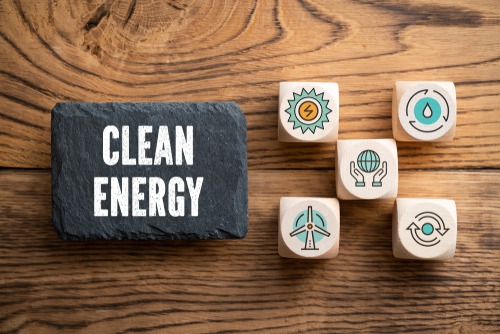SEPA surveys 135 utilities’ clean energy transformation efforts, names top 10 to a leaderboard

The Smart Electric Power Alliance (SEPA) launched the first Utility Transformation Challenge, surveying U.S. electric utilities on their progress toward a carbon-free energy system, and this week named the top 10 to the 2021 Utility Transformation Leaderboard for their progress.
By SEPA’s estimates, the utilities that have shown the greatest progress to date include:
- Austin Energy
- Consolidated Edison of New York
- Green Mountain Power
- Holyoke Gas and Electric Department
- Los Angeles Department of Water and Power
- Pacific Gas & Electric (PG&E)
- Sacramento Municipal Utility District
- San Diego Gas & Electric
- Seattle City Light
- Southern California Edison
“It’s humbling because so many energy companies across the country are applying their people’s talents and dedication to innovate and lead the transition to a clean energy future,” Tim Cawley, CEO of Con Edison Inc., said. “It’s a source of pride because it acknowledges Con Edison’s progress in following through on our Clean Energy Commitment. We support New York’s aggressive environmental goals, and we’re doing our part to help achieve them.”
SEPA noted that many factors drive forward momentum: falling clean energy costs, climate change concerns, mounting pressure from investors, public policy, and evolving customer preferences. The 10 utilities were lauded from among 135 who responded to surveys. These surveys covered four areas of progress: Clean Energy Resources, Corporate Leadership, Modern Grid Enablement, and Aligned Actions and Engagement.
According to SEPA, the results showed that utilities with stronger commitments have made the most progress, a comprehensive, whole-of-business approach to transformation is needed – including of utility culture itself – and the leading utilities are collaborating with stakeholders to make it all happen because this is too big a change to go it alone.
This spurred a series of recommendations for utilities of all sizes, types, and geographies. SEPA urged them to set science-based targets to strengthen carbon reduction commitments; change institutions and processes to comprehensively accelerate clean energy adoption; set clean energy transformation as a core focus of their larger mission; work with stakeholders and peers toward common understanding; and integrate equity considerations and goals to guarantee all community members will benefit from the transition.
“All utilities—including those leading the way—face key challenges ahead that will require new thinking, collaboration, and, sometimes, hard choices,” Sharon Allan, chief strategy officer at SEPA, said. “The transformation to a clean and modern energy system is complex, and each utility’s journey will be unique. We believe that adopting and implementing these recommendations can help utilities to accelerate their smart transformation.”
Such methods are reflected in the efforts of those companies on the leaderboard. Con Edison, for example, has completed some 37,000 rooftop solar projects to date, worked with the New York City Housing Authority and others to provide its developments with such panels, and invested in battery systems. It wants to triple its energy efficiency programs by 2025 and offer 100 percent clean electricity to customers by 2040.
Another top contender, PG&E, already delivers more than 88 percent of its electricity to customers from greenhouse gas-free sources. It exceeded California’s Renewables Portfolio Standard Program requirement of 33 percent last year by 2 percent and connected more than 535,000 customers with private rooftop solar to the electricity grid. Like Con Edison, it has invested in battery storage and is actively expanding access to electric vehicles and charging stations.
“We recognize that our role in helping California achieve its climate and clean energy goals is possible only if we deliver on our safety commitments for our hometowns,” Patti Poppe, CEO of PG&E, said. “Our focus is on transforming our business, culture, and energy system to strengthen our Triple Bottom Line of serving people, the planet, and prosperity for California.”
